Project management

How to Create the Perfect Project Plan [2025] + 5 Templates
Learn how to write a project plan and a technology that will make each stage of the process easier.
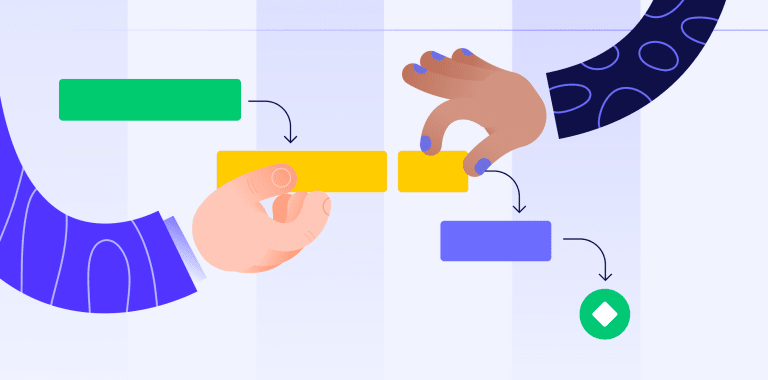
What is a Gantt chart? Examples + easy to use template [2025]
When managing a project, keeping everything organized and on track can feel like herding cats. Deadlines shift, resources get stretched, and teams need a clear picture...

What is Project Management? The Complete Guide [2025]
Efficient project management is a must-have when delivering projects on time, within budget, and satisfying all stakeholders. But what does best-practice project...

15 best project management software tools for 2025
Project management without the right software is like conducting an orchestra where half the musicians can’t see the sheet music. Everyone plays their own tune, timing...
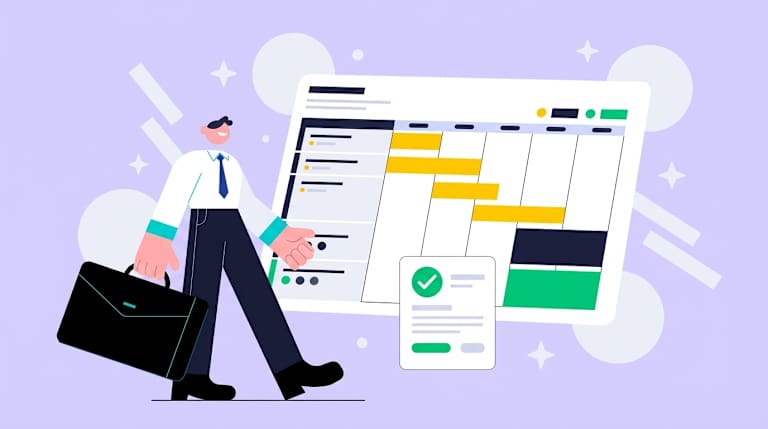
The best project management software for a project manager in finance [2026]
You’re managing a quarterly budget review when your CFO asks for real-time visibility into three major system implementations, two compliance initiatives, and next quarter’s resource...
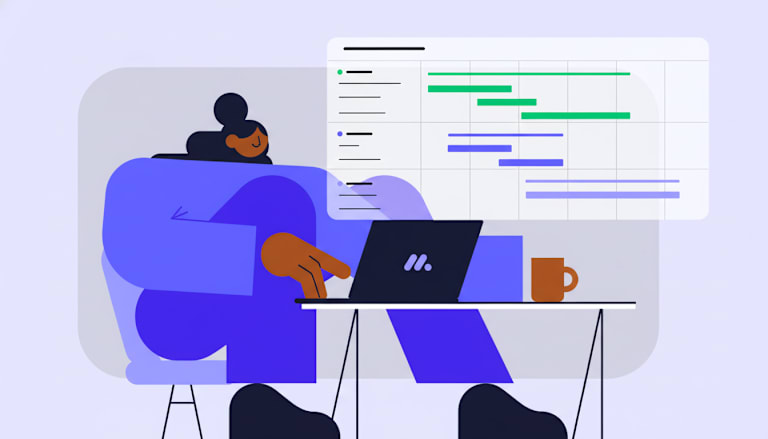
The best Gantt chart software for marketing leaders in services [2026]
Marketing teams managing enterprise campaigns face a coordination challenge that spreadsheets and email threads can’t solve. When 50-100+ people across content,...
The best goal tracking software for a head of marketing in the services industry (2026)
Marketing teams in services organizations often set ambitious objectives, yet translating these goals into measurable outcomes remains a persistent challenge. Goals...
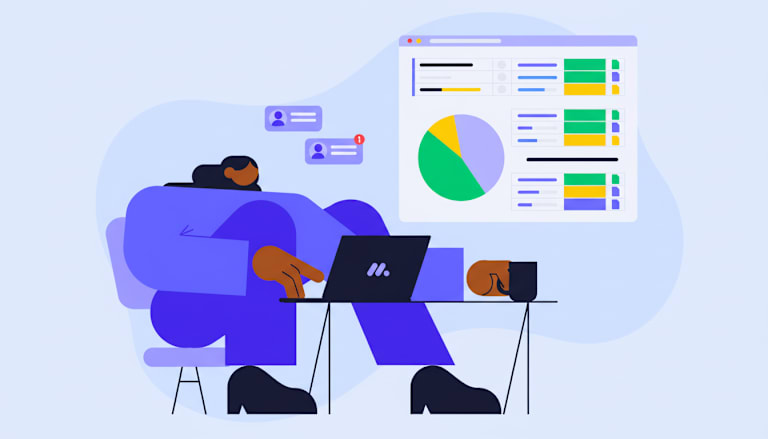
The best goal tracking software for a head of marketing in finance (2026)
Finance marketing leaders manage complex campaigns across multiple channels while coordinating large, distributed teams. Strategic objectives often live in spreadsheets...
The best goal tracking software for a head of marketing in retail (2026)
Retail marketing teams operate in a fast-paced, multi-channel environment where campaigns span physical stores, e-commerce, and seasonal promotions. Tracking progress...
The best goal tracking software for a head of marketing in tech (2026)
Marketing leaders in tech operate in constant motion. They oversee dozens of teams, hundreds of campaigns, and shifting priorities, all while being held accountable for...

Best task management software for a head of marketing in the services industry
Marketing teams in the services industry face growing complexity. Multiple campaigns, cross-department collaboration, and tight deadlines make it challenging to maintain...
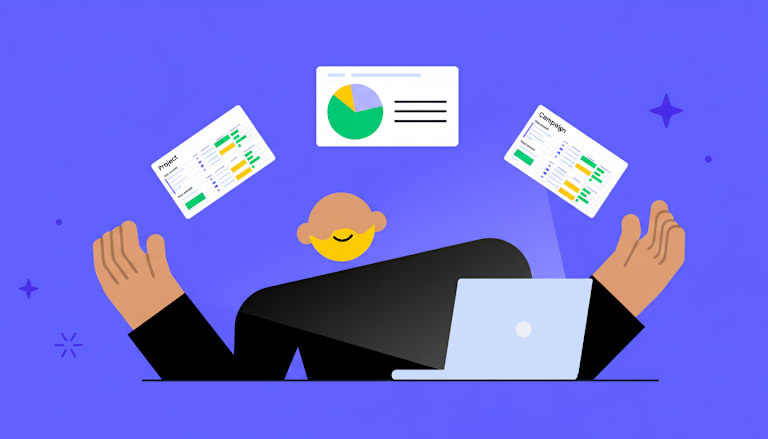
The best work management software for a head of marketing in finance (2026)
Marketing teams at financial institutions face unique operational challenges. Managing 50–100+ people across content, creative, acquisition, and events requires more...
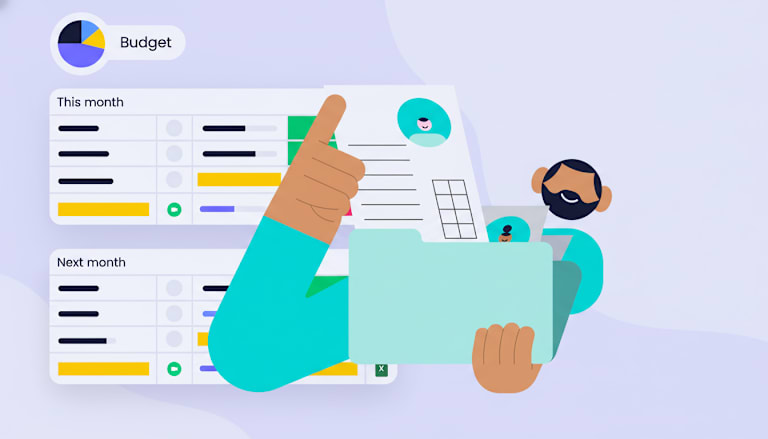
The most effective task management software for a head of marketing in retail (2026)
Retail marketing teams manage multiple campaigns, shifting deadlines, and cross-functional projects every day. Without a clear system, it’s easy for work to get...
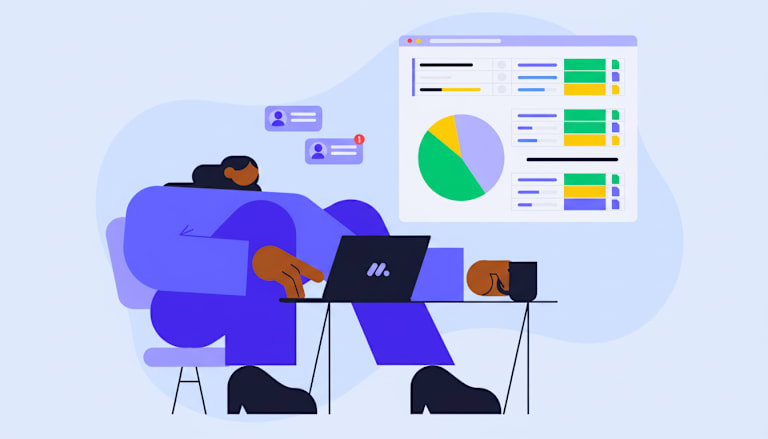
The top workflow automation software for a head of marketing in the services industry [2026]
Marketing teams managing 50–100+ people across content, creative, acquisition, and events face constant coordination pressure. Campaigns move across departments,...

How to build a marketing strategy that drives results in 2026
Your marketing team launched three campaigns last quarter. One exceeded expectations, one fell flat, and one delivered mediocre results. Sound familiar? Most marketing...
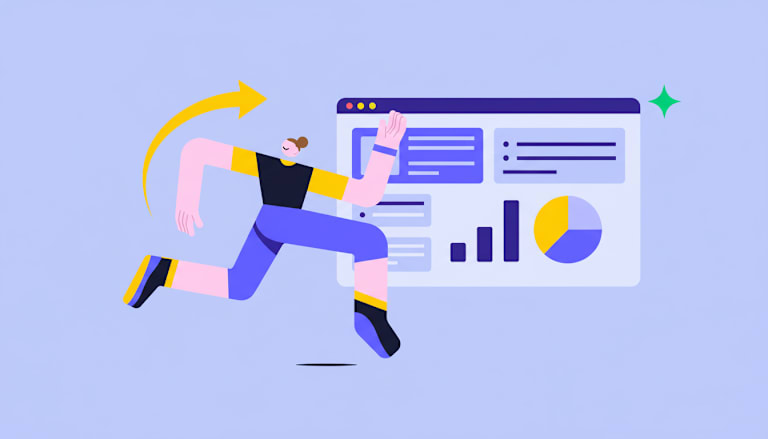
Wrike alternatives for teams: best platforms to manage projects in 2026
Project management software should simplify work, not add complexity. Yet many teams find themselves navigating confusing interfaces, attending lengthy training...

Free gantt chart software: tools for better project management in 2026
Project timelines and dependencies are mapped, and launch dates are established — yet even the most carefully planned schedules can be disrupted. Deliverables may...